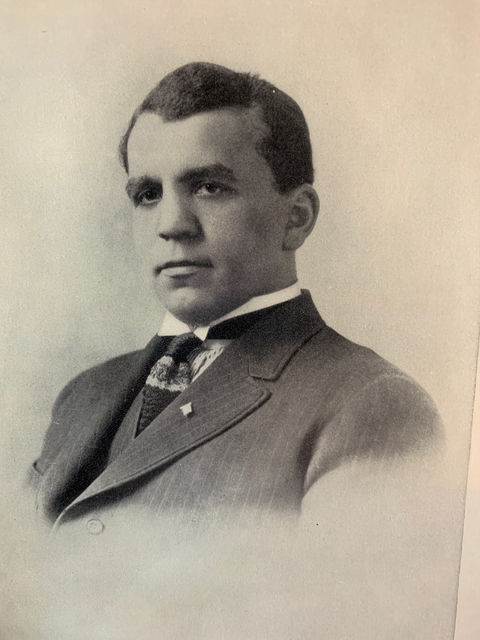
Leah will be sent to live in the lap of tsarist luxury, in St. Petersburg, with her aunt Rasa Poliakov, niece of Samuel and Lazar Poliakov, one who is the railroad magnate of Tsarist Russia, and the other the banker of the Tsar and rumored father of the prima ballerina Anna Pavlova. From that lap of luxury in which she literally played with the Tsar’s four daughters and hemophiliac son, Leah will become first disillusioned and then impassioned with Revolutionary fervor. As her uncle’s fortune collapses, at the age of fifteen, Leah will go and live with the factory workers and young revolutionaries in the Vyborg District of St. Petersburg. She will become enchanted with the bohemian revolutionary poets and painters and, on International Women’s Day, she will be thrust into the forefront of history, leading women textile workers out on strike, in contravention of Party orders. The workers on strike will swell into the hundreds of thousands, and Leah will be one of its leaders. Finally, the army will go over to the side of the workers, and one particularly dashing young officer will fall in love with the beautiful, teenaged revolutionary. And the Tsar will be toppled, ending four hundred years of Romanoff rule. As one of the leaders of the Women’s Movement, Leah will be a rising star in the Bolshevik Party. She and her young husband, the former Tsarist cavalry officer, will overthrow the Kerensky government and create the Union of Soviet Socialist Republics under the leadership of Vladimir Lenin. These will be heady days, when these teenaged lovers and revolutionaries believe they are literally bringing about the worker’s paradise.



